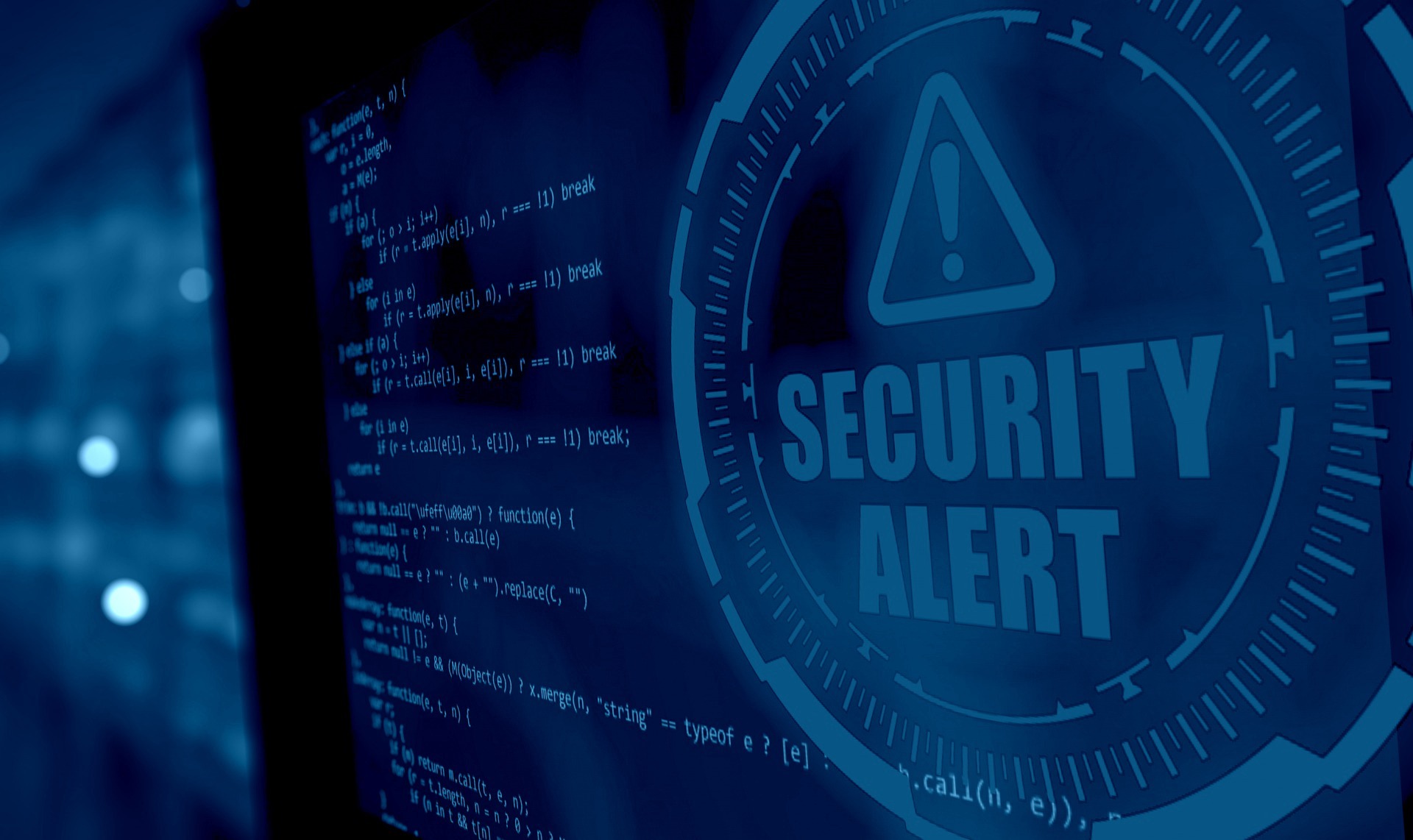The information security and cybersecurity threat landscapes are always changing. Threat actors are becoming more sophisticated and threat surfaces are expanding. Exploitable gaps in new technologies are increasing and cybercrime business models are also growing. Added to this mix, are the fragile geopolitical situation in many parts of the world, a tightening of the global economy and simple opportunism. Here are three new and emerging cyber threats to know about, monitor and guard against:
Geopolitics
Geopolitics describes how politics, geography, demography and economics affect foreign policy and the relationships between countries. Recent wars and civil wars, the 2007/2008 global financial crisis, the Covid-19 Coronavirus pandemic, and the effect of climate change has reshaped the competition for global resources and created new political and economic alliances. Some countries are increasingly active in offensive cyberattacks and information security beaches to advance their political and economic goals. Russia, Belarus, North Korea, Iran and China have been identified as countries involved in sophisticated cybersecurity operations, many aimed at critical national infrastructure targets. Most countries have defensive cybersecurity capabilities. Hacktivism has also grown, some political, some environmental and some related to cybercrime and money laundering.
For many companies and organisations, the threat landscape has become complex and sophisticated. There is a need to grow threat intelligence capabilities, monitor key geopolitical events and understand that cyberattacks are not always targeted on their operations specifically, but often cause knock-on effects. Cyberattacks can affect businesses and organisations because they are part of a targeted supply chain, are based in a country, use certain IT services, supply critical infrastructure services or trade with certain foreign states.
Deep Fakes
A deep fake is media such as images, videos, or audio recordings that have been recreated or altered by manipulating a person’s appearance, actions or voice using artificial intelligence techniques such as deep learning. Some deep fakes have included politicians, business leaders and celebrities saying and doing things they would not normally do. Deep fakes may be used to initiate state-related espionage, cybercrime, sophisticated social engineering or traditional crimes like blackmail and extortion. Companies and organisations should educate themselves, develop techniques to spot deep fakes and identify the most likely sources. They should also use technologies to limit its impact and report incidents to National Cyber Security bodies or CERTS, so that trends can be monitored and high-level responses and best practices can be developed.
Vishing (Voice Phishing)
Vishing uses fraudulent phone numbers, voice-altering software, text messages, and social engineering to trick users into divulging sensitive information. Vishing generally uses voice data to trick users. Smishing, is a related form of phishing that uses SMS text messages to trick users. This smishing technique can be used alongside voice calls, depending on the attacker’s preferences and objectives. Businesses and organisations should control and monitor the use of voice data, especially among senior officials. Public disclosures of voice data should be kept to a minimum and 2-factor authentication techniques should be used to avoid impersonation, social engineering, fraud and identity theft.
Conclusion
Chief Information Officers (CIOs), Chief Information Security Officers (CISOs), Data Protection Officers (DPOs), Chief Privacy Officers (CPOs), Chief Data Officers (CDOs) and Senior Leaders should ensure that they receive detailed and diverse sources of threat intelligence. They should aim to understand evolving analysis and attack-pattern information that they receive. Leaders should try to share information with trusted parties and partners to build resilience and reduce the risks and impacts of cyberattacks. Businesses and organisations should update their cybersecurity insurance policies to make sure that they are sufficiently covered for new and emerging cyberattacks. Above all, leaders should be continuously learning and display high levels of curiosity and analysis.
For help, advice, consulting and strategy support services, data protection reviews, GDPR gap analysis, cybersecurity policies and procedures and access to our data breach response services, contact PrivacySolved:
London +44 207 175 9771
Dublin +353 1 960 9370
Email: contact@privacysolved.com
PS082022

